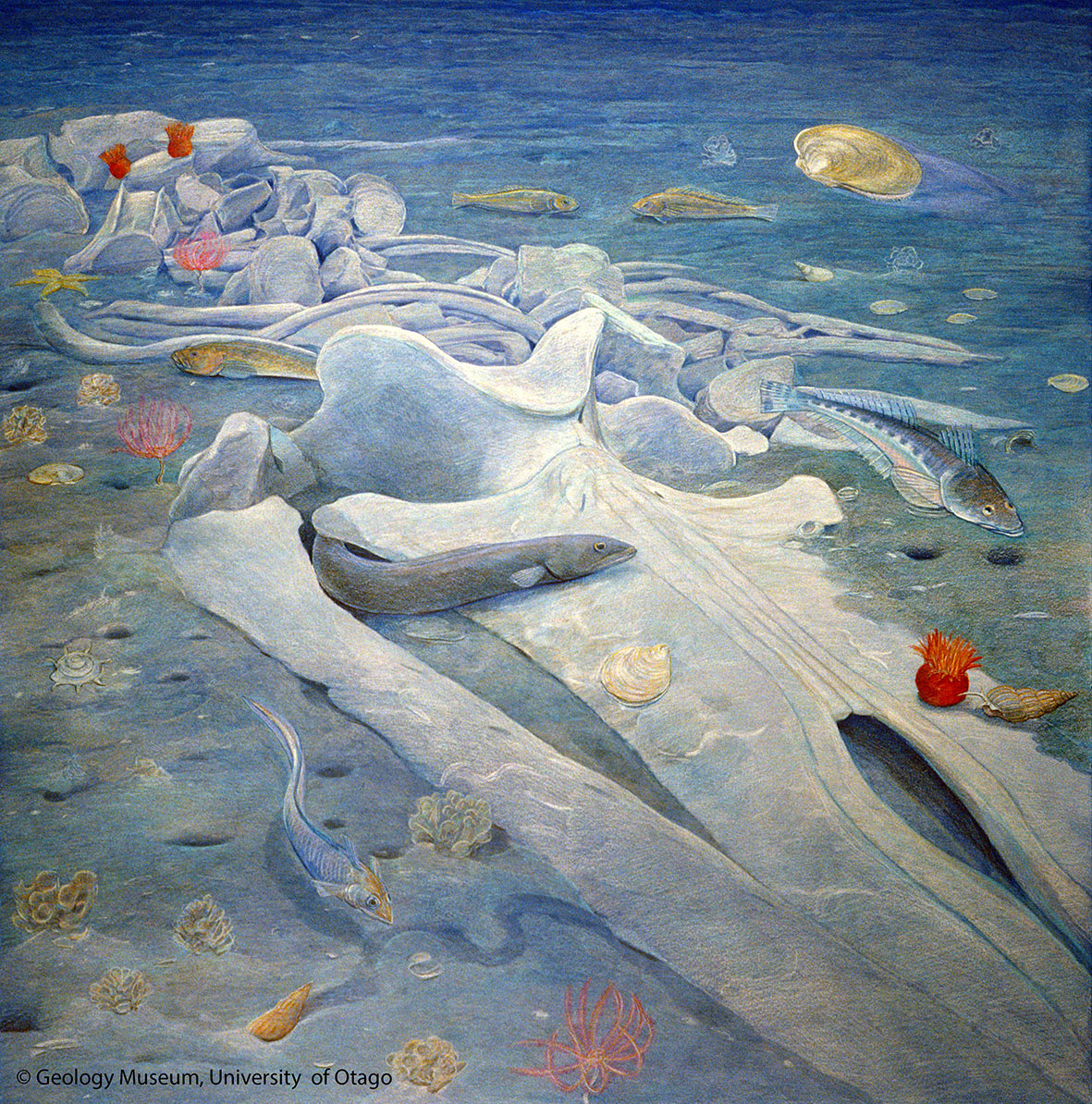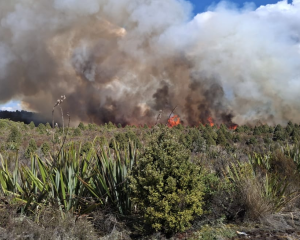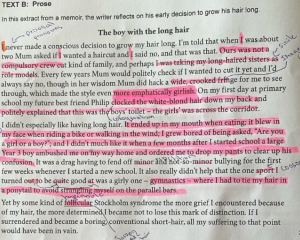
Kiwi scientists have described a previously unknown genus of ancient whale that roamed our oceans more than 27 million years ago.

A leading palaeontologist behind the discovery said it would help re-write the history of the species’ ancient ancestors.
The fossil had been recovered from Canterbury’s Waitaki district 30 years ago, but was only analysed in recent years by former University of Otago PhD student Cheng-Hsiu Tsai.
The fossil skull and bones of the now-named Toipahautea waitaki were found in the Kokoamu Greensand, a fossil trove in Waitaki’s Hakataramea Valley, and date from the Oligocene period, extending from about 33.9 million to 23 million years ago.
“This is a pretty old whale that goes almost halfway back to the age of the dinosaurs,” said Professor Ewan Fordyce, who supervised Tsai’s thesis.
“We are tracking whale history back through time.”
Fordyce said the whale lived about 27.5 million years ago, making it as old as a common ancestor we currently have for today’s baleen whales, among them minke and right whales.
Baleen whales are a group of Mysticeti, large whales usually from colder waters that lack teeth but have baleen plates in the upper jaw which are used to filter food such as krill out of large quantities of seawater.
While the skeleton of the whale was disarticulated when it was excavated, the bones were closely associated, which gave the palaeontologists plenty of material to work with.
In particular, the highly diagnostic earbones were preserved, helping with identification.
The skull was about a metre long and the body about five metres, which meant it was a reasonably small species, Fordyce said.
“That’s about half the size of an adult minke whale.”
It was previously known that the baleen whales could take on board thousands of litres of water in the lower jaws which they scooped open to get great mouthfuls of water and food.
Toipahautea waitaki’s jaws were toothless, long and narrow, Fordyce said, suggesting that it fed in a similar way to the modern-day minke whales.
The researchers were not able to determine how this whale died, but it could have been attacked by a shark, stranded on a beach or died of disease.
When it died, it sank to the bottom of the sea floor with its skeleton falling apart and becoming a hub for coral and other organisms to grow on.
Fordyce expected the ancient whales’ history books may keep being rewritten in years to come.
“We are pretty sure there are some species [of baleen whale] that will be older than these,” he said.
“But right now it anchors the modern baleen whale lineage to at least 27.5 million years.”
The fossil was collected and studied with funding support from the National Geographic Society, and the paper describing it has been published today in the journal Royal Society Open Science.
Other ancient species unearthed in the Waitaki area have included shark-tooth dolphins, the giant prehistoric penguin Kairuku, and Carcharodon angustidens, which lived around 25 million years ago, reached a length of 9m and dwafted its descendant, the great white shark.












